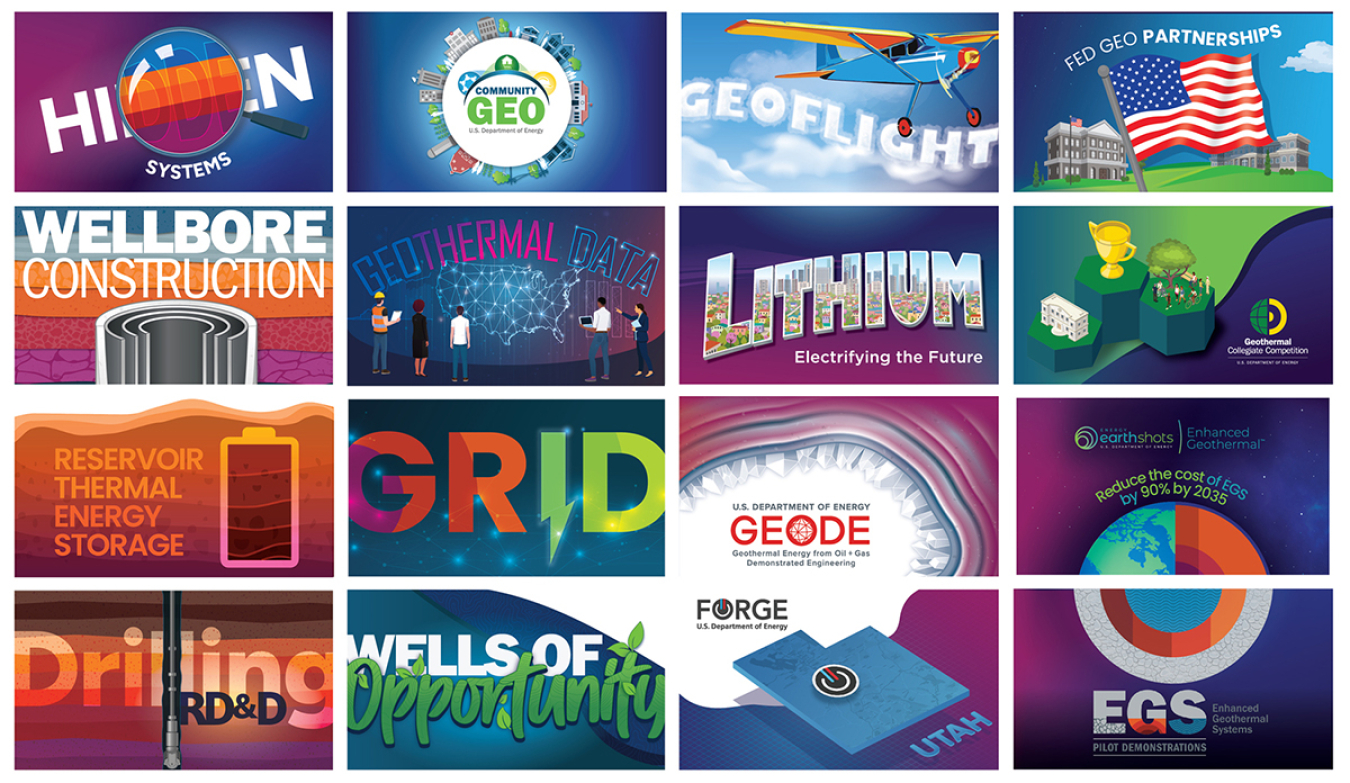
The Geothermal Technologies Office (GTO) launched the #GeothermalEverywhere campaign to highlight key initiatives across its program areas: Data, Modeling, and Analysis, Enhanced Geothermal Resources, Hydrothermal Resources, and Low Temperature and Coproduced Resources. From the Salton Sea in California, to Utah’s Beaver County, to the U.S. Military Academy West Point in New York, GTO is bringing geothermal everywhere.
Learn more about the latest developments in GTO’s initiatives below.
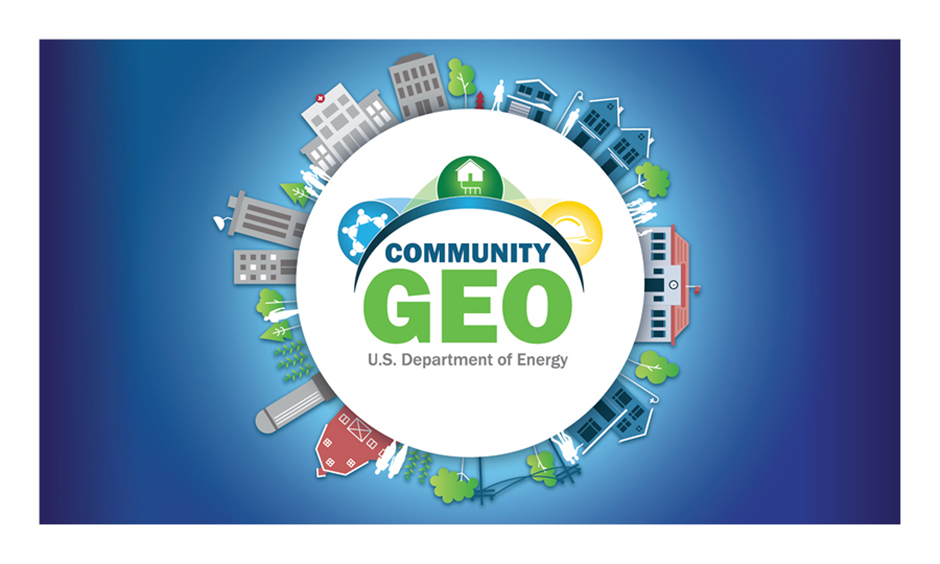
Geothermal heating and cooling technologies offer efficient, cost-effective temperature controls for U.S. homes and businesses. GTO is investing in research on this technology at individual, district, and community scales to foster widespread adoption of these systems and support workforce training to expand their use nationwide.
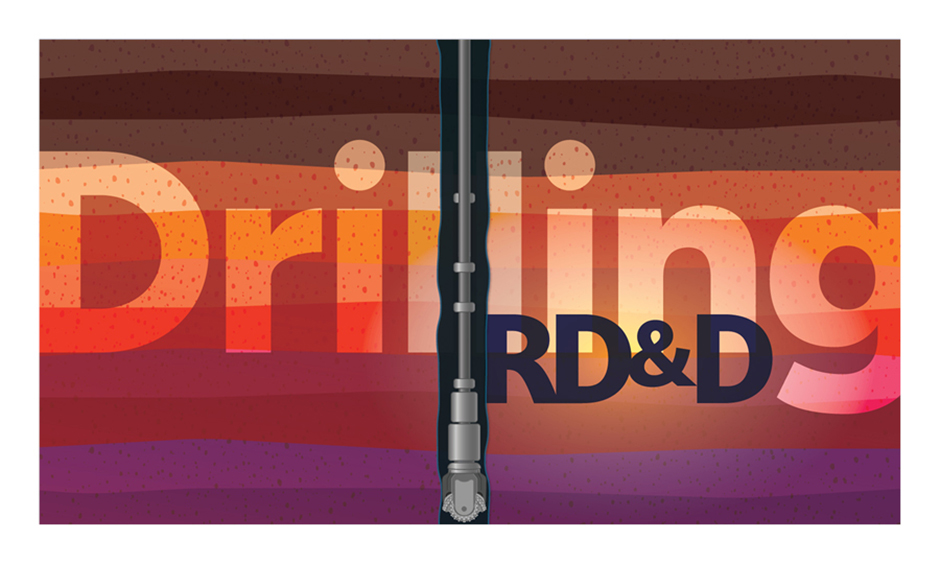
Drilling to access geothermal energy often accounts for more than 50% of a geothermal project’s total costs. GTO investments will improve drilling times, help bring efficient geothermal drilling technology to the marketplace faster, and reduce the barrier to entry for geothermal projects.
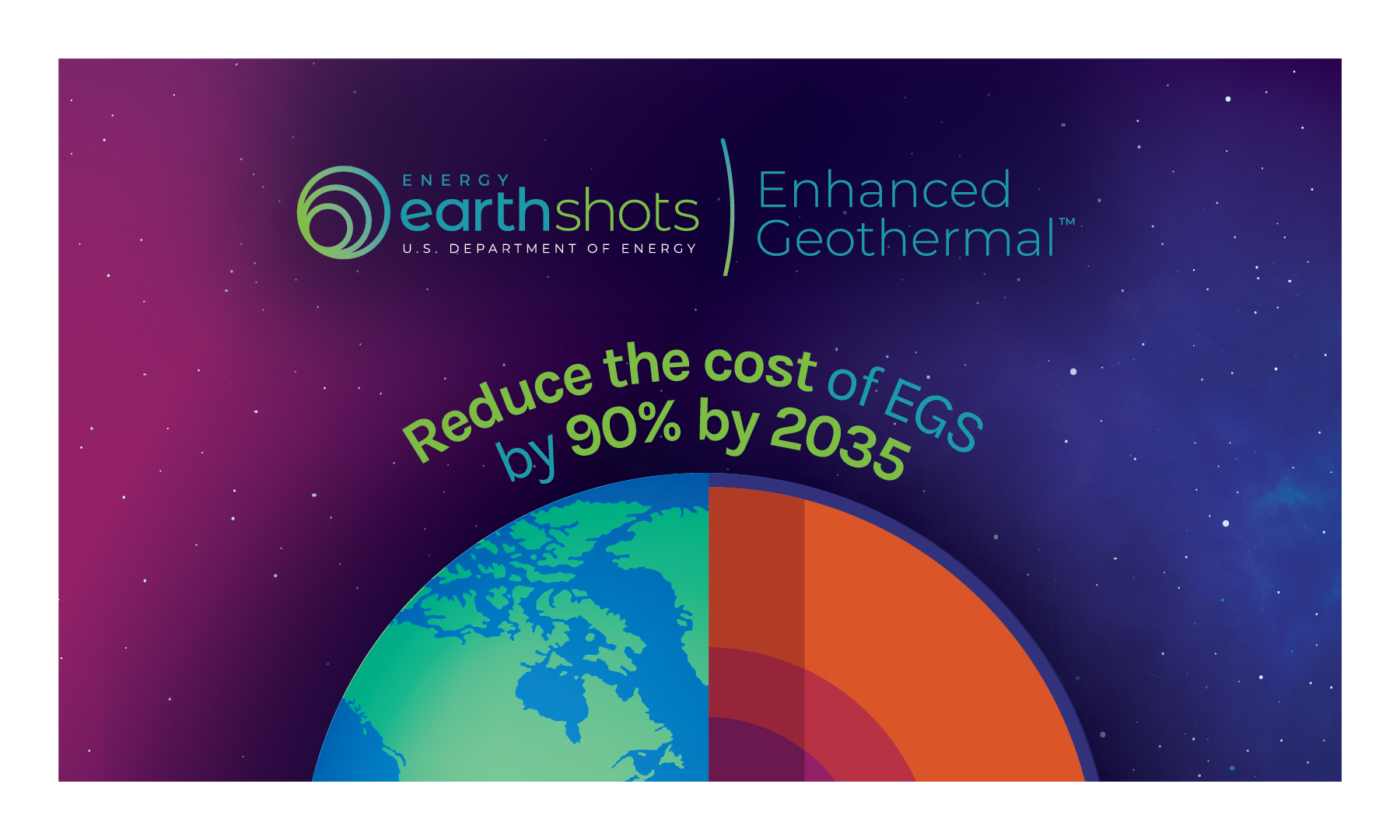
This department-wide effort aims to bring enhanced geothermal systems (EGS) to Americans nationwide. By dramatically reducing the cost of EGS—by 90%, to $45 per megawatt hour by 2035—we can unlock affordable, domestic energy for the equivalent of over 65 million American homes.
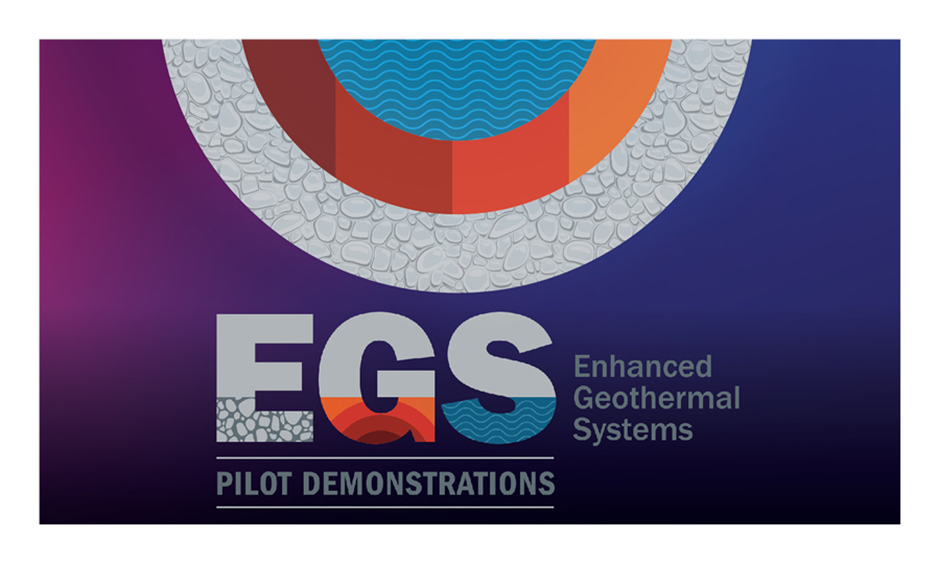
GTO’s EGS demonstrations are working to collectively demonstrate EGS in different geologic settings, using various development techniques and well orientations. These crucial field-scale projects will help advance next-generation geothermal and spur firm, flexible power nationwide.

FedGeo Partnerships provides technical assistance for geothermal energy deployment at federal sites, the nation’s largest energy consumer. Deploying low temperature geothermal solutions can provide resilient, secure, cost-effective heating and cooling for federal sites and facilities.
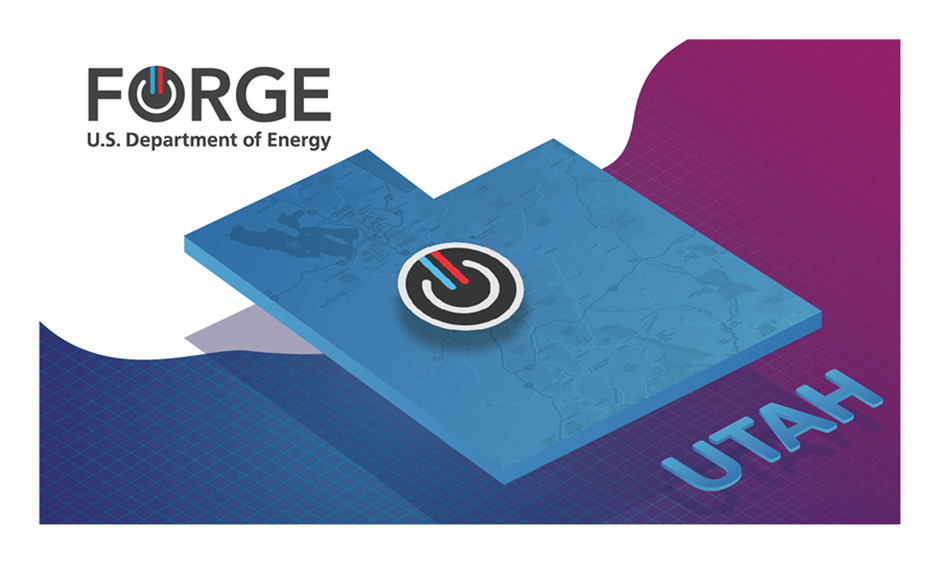
FORGE is a dedicated field site to develop, test, and accelerate breakthroughs in EGS. FORGE's cutting-edge research strengthens understanding of the key factors impacting EGS success and helps identify a replicable commercial pathway for this geothermal technology.
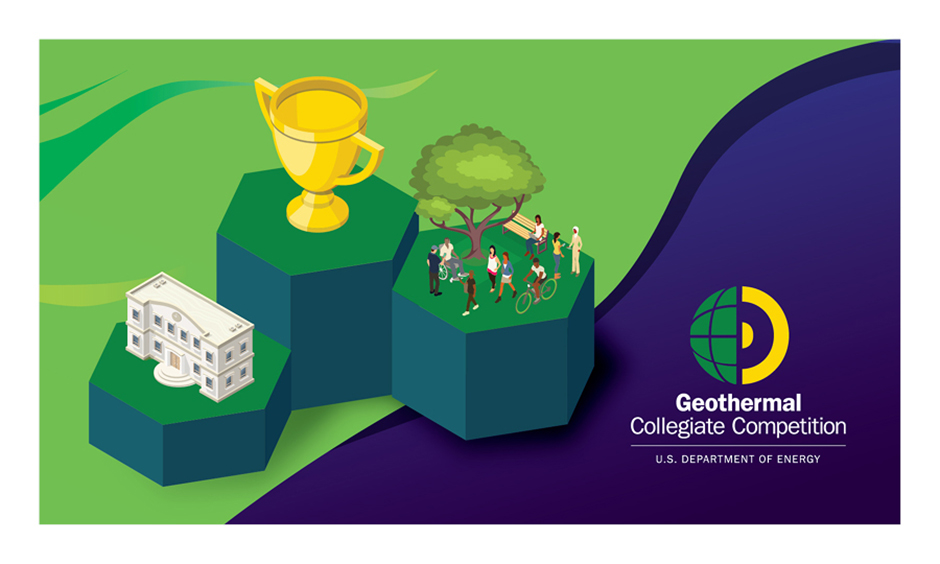
The GCC invites collegiate teams to develop real-world geothermal solutions while competing for cash prizes and gaining experience in the renewable energy industry. Students broaden their understanding of how geothermal can provide support heating, cooling, and direct use needs for communities nationwide.
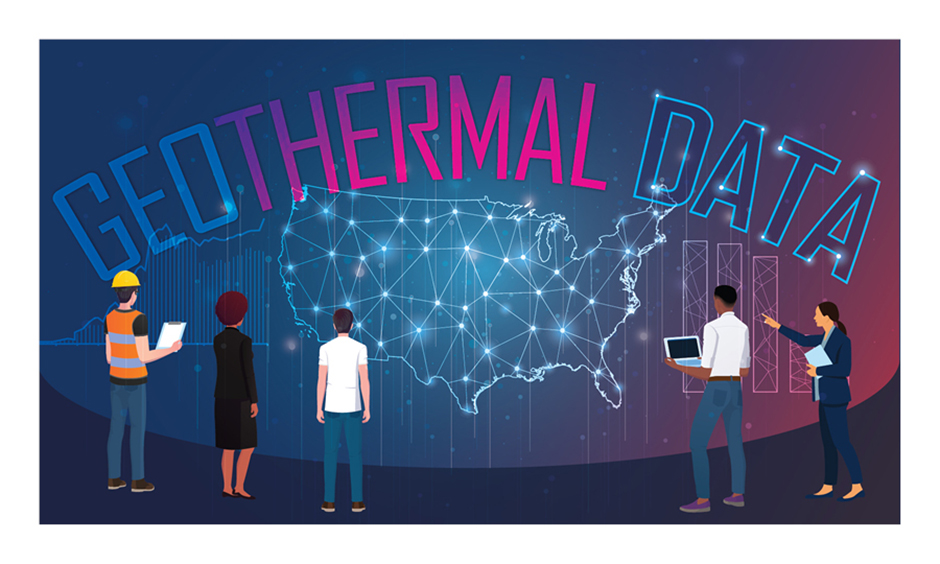
Expanding geothermal deployment in the United States requires high-quality data and collaboration. Collecting, analyzing, and disseminating data is critical in identifying and addressing, barriers to geothermal adoption, assessing technical progress across the geothermal sector, and determining research priorities.
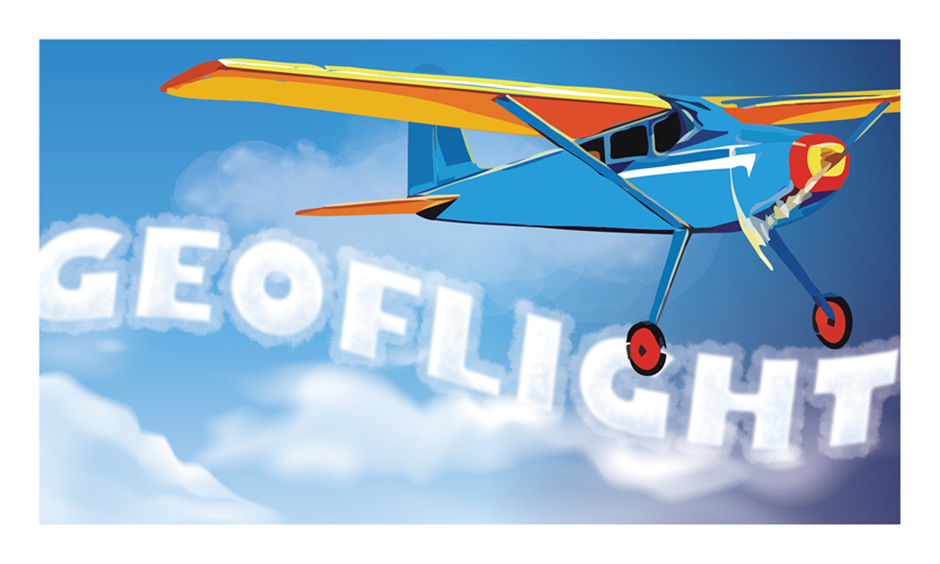
This joint effort between GTO and the U.S. Geological Survey captures surface and near-surface geologic data to identify new geothermal energy prospects and mineral resources. This and other data-gathering initiatives help regional and local communities make informed decisions about energy and mineral resource plans.
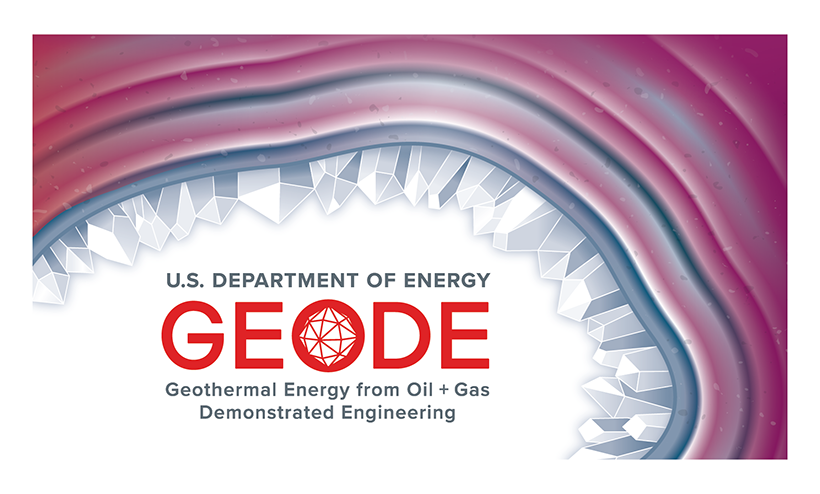
Expertise and advances in methodologies generated in the oil and gas (O&G) industry can be used to develop the geothermal industry. The GEODE initiative draws on the O&G industry's knowledge, technologies, and workforce to improve expand geothermal energy deployment.
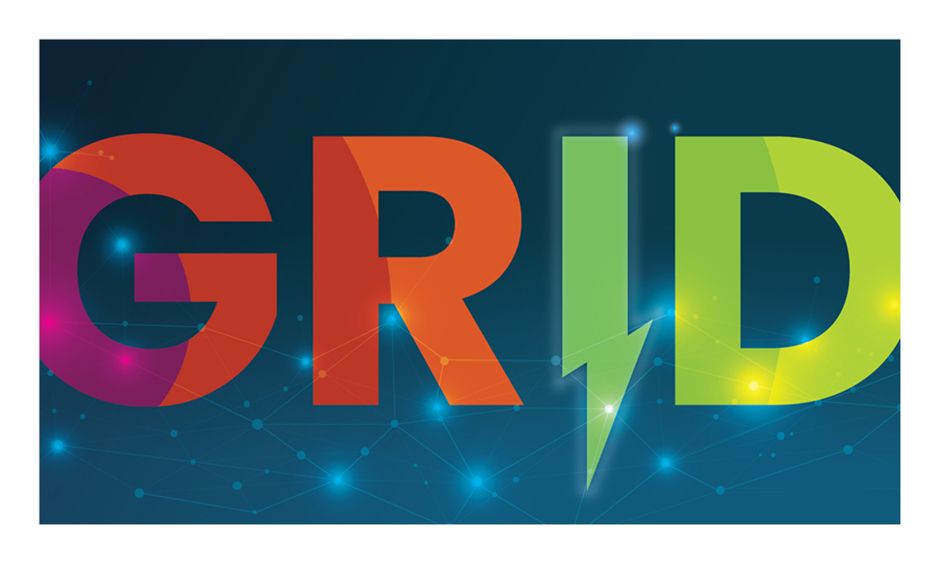
The GRID initiative supports innovative, regional grid modeling studies to quantify and deepen understanding of the value and benefits of geothermal energy to the nation’s electricity grid.
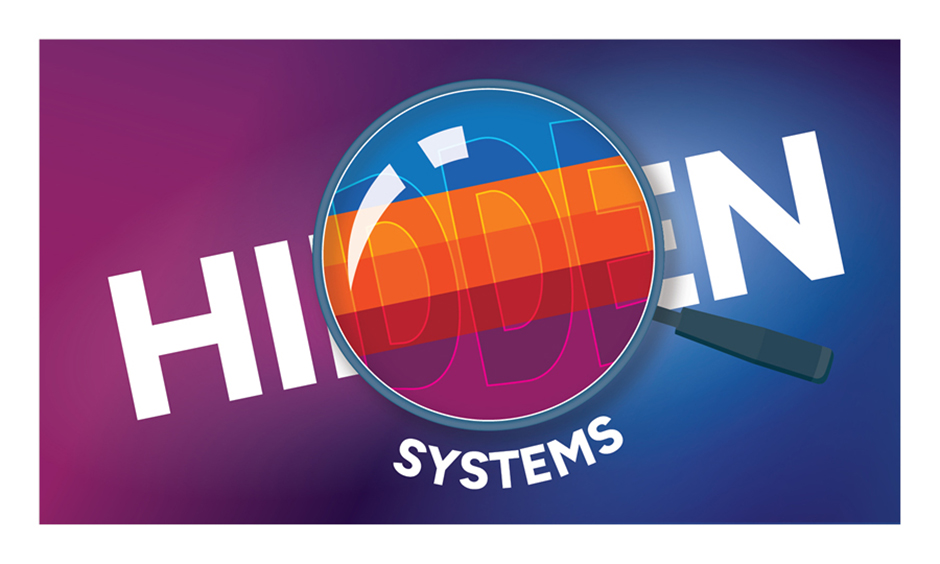
GTO is on the lookout for hidden geothermal systems. By improving exploration techniques and moving resources through early project development phases faster, these projects are helping drive down costs and risks associated with the discovery of hidden geothermal systems in the United States.
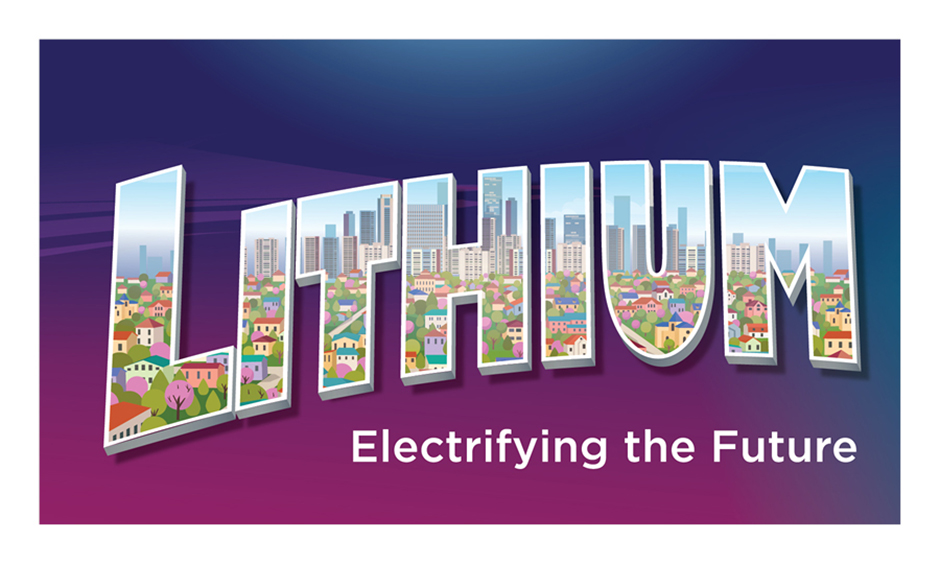
Lithium is a key component in rechargeable batteries found in cell phones, hybrid cars, electric bikes, and large, grid-scale storage batteries. GTO is investigating where and how lithium can be extracted from geothermal brines, providing a secure, domestic source of this critical material.
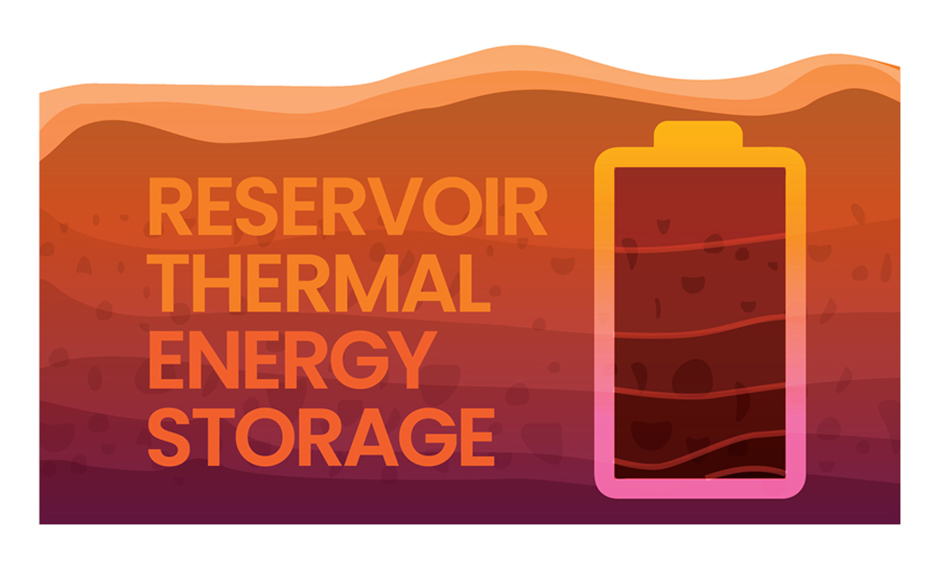
RTES takes advantage of the features of deep geologic formations to store thermal energy that can be extracted for later needs. The technology can store thermal energy directly in underground reservoirs for 100 or more hours without conversion to electricity.
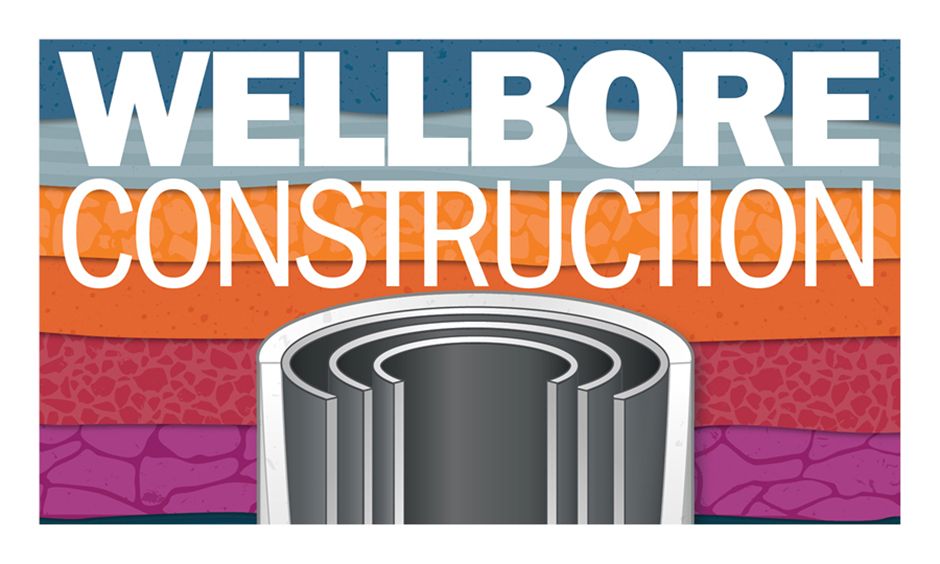
Improving the durability of geothermal wellbores requires effective tools to assess performance. Work in GTO’s wellbore portfolio will reduce wellbore construction costs and technical challenges, helping expand opportunities to tap firm, flexible geothermal power.

The WOO initiative supports the use of oil and gas wells for geothermal energy via the retrofitting of inactive or unproductive wells or co-production on active wells. The projects will establish the commercial viability of geothermal energy production from existing hydrocarbon fields.
Additional GTO Resources and Initiatives
-
- Geothermal
- Geothermal Energy
- Grid Permitting
January 30, 2025 -
-
- Geothermal
- Geothermal Energy
- Heating & Cooling
- Heating
- Commercial Heating & Cooling
- Cooling
January 27, 2025 -
-
-
-
-
-
-
- Geothermal
- Geothermal Energy
- Funding Opportunities
January 29, 2025
Past GTO Initiatives
GTO’s 2022-2026 Multi-Year Program Plan (MYPP)

The 2022-2026 MYPP presents GTO’s vision, mission, and strategic goals through the end of FY 2026, outlining how GTO-funded research will support geothermal energy's long-term contributions to the U.S. electricity grid and American homes and buildings.
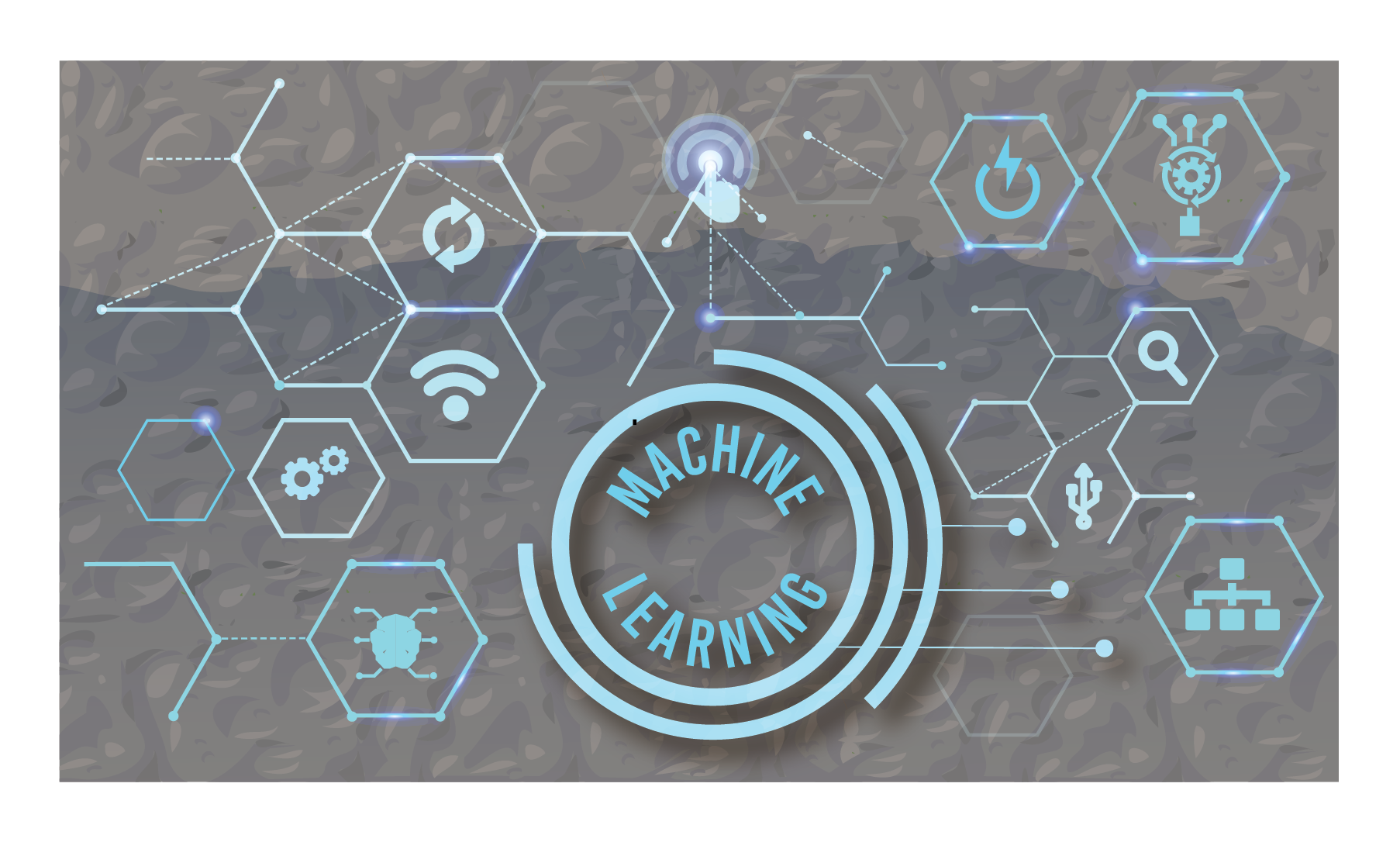
GTO funded early-stage research and development applications in machine learning to develop technology improvements in exploration and operational improvements for geothermal resources.

Published in 2021, the U.S. Geothermal Power Production and District Heating Market Report identifies where the geothermal power sector is primed for technological innovation and highlights significant opportunities for expanding power production.
GTO's emails bring geothermal funding opportunities, events, publications, and activities directly to your inbox.

